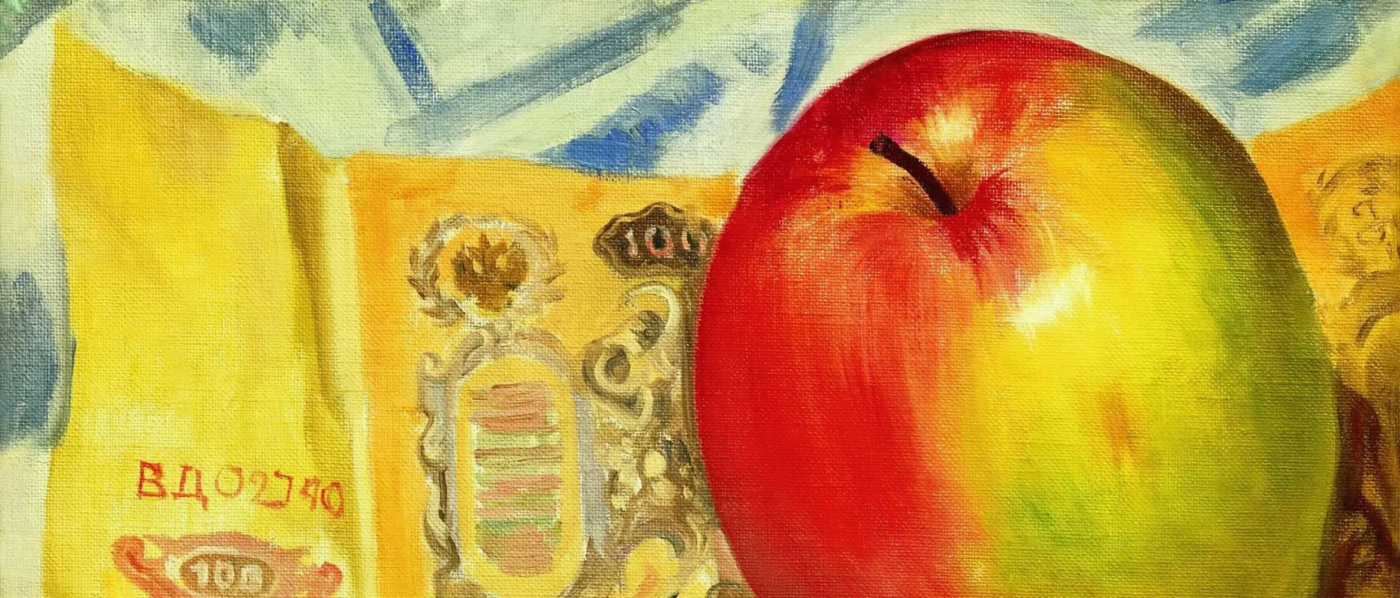How to Identify “Visible Items”
Managing inflation expectations is a key element of inflation targeting policy. By effectively influencing inflation expectations, the central bank achieves price and financial stability at the lowest possible cost. Therefore, it is important for the central bank to understand how inflation expectations of economic agents are formed and take this into account when making monetary policy decisions. So what do ordinary people think about future inflation?
As studies show, people make systematic errors when analysing economic information. This means that their perceptions are subject to cognitive distortions (see the box) and that their behaviour can only be considered rational within certain limits. For example, a ‘perfectly rational’ person could spend all day shopping, building up their optimal consumer basket. But reality is making its own adjustments: there is not enough time, travelling is costly, and people often do not want to go anywhere far. Many people actually prefer to go to a convenience store after work or shop in a hypermarket at the weekend. As a result, when forecasting inflation, consumers tend to focus on a narrow set of goods and services, whose prices they observe daily.
Market researchers have observed that people tend to buy the same products and familiar brands day in and day out. Buyers usually cannot easily keep track of the multitude of prices, but still remember well the prices of everyday goods and housing costs. Such goods and services that are important to consumers are called ‘visible items’. According to some researchers (link in Russian), changes in prices for visible items are the key factor affecting inflation expectations. In our recent publication with colleagues from the Higher School of Economics and Moscow State University, we have proposed a new method for the identification of such goods and services.
Characteristics of visible items
No single approach to the selection of visible items has emerged in the research literature. Among the criteria of visible items, research usually refer to the frequency of purchases and trips to corresponding shops, a significant share in the consumer basket, the scale of price changes, frequent appearances in the news, and close statistical links with inflation expectations. To be more confident in our results, we combine a number of approaches to derive the list of visible goods and services.
The first group of methods involves the manual selection of ‘candidates’ according to the criteria listed above.
First, we refer to the data from the monthly survey (link in Russian) of the Public Opinion Foundation (FOM). This survey includes questions about both expected inflation and the goods from the list provided whose prices, according to survey respondents, are rising most rapidly. We consider visible items to be those goods whose prices are statistically linked to respondents’ inflation expectations. This approach has the advantage that the respondents are asked about their own consumer experience. The same respondents answered questions about future inflation and the rapidly rising prices of individual goods. Therefore, we can assume that the same individual characteristics of the respondents are manifested in their responses. The weakness of this approach is that the responses may reflect consumers’ inner emotions about price dynamics rather than their purchases. Additionally, some important categories (e.g., cars) were excluded from the survey.
We further apply the same method to the Rosstat statistics on more than 700 goods and services. Among them, we select the items frequently mentioned in Bank of Russia statements, the items with the most volatile prices, and the items that make up a substantial share in the consumer basket. Following the preliminary selection, we re-assess the statistical link between the prices of candidate items and inflation expectations based on the FOM survey mentioned above.
The list of visible items obtained by manual selection is skewed towards food due to the particularities of the data and contains meat and poultry products, milk and dairy products, fish, tobacco and cigarettes, and medicines and drugs.
The second group of methods involves the automatic selection approach.
In the main part of our paper, we propose a new two-step selection algorithm implemented as a software code. The first step defines a ‘wide range’ of visible items. For this purpose, we assume that the weights of visible items in the structure of individual consumer baskets are proportional to the weights given by Rosstat (.xlsx) (link in Russian). Using the Rosstat database for large and medium categories of goods and services (covering more than 70% of the consumer basket), the software creates consumer baskets consisting of no more than four categories and checks how well the dynamics of the basket price index predicts the inflation expectations of the FOM survey. In this way, the software consecutively scans over 1.6 million consumer baskets and generates a rating of the baskets.
We could have limited ourselves to the baskets that are leaders of the rating, but in this case results would not be robust enough (some baskets could get to the top of the rating by chance). Therefore, we further calculate which items from the rating list appear most often in the top 5,000, 10,000 and 50,000 baskets. In the second step, we narrow down the list of visible items by allowing consumers to determine the weights in their baskets independently. To do this, we optimise the weights in the list of visible items obtained in the first step using the grid search algorithm, widely known in machine learning. This leads to a significant reduction in the list of visible items.
The paper also contains an additional section which tests the robustness of the results by applying an alternative method of automatic selection: direct optimisation with regularisation. The weights may vary as in the second step of the main method. By applying special constraints, the algorithm decreases the number of analysed parameters. This helps us obtain estimates even for relatively short time series (the time series on inflation expectations starts from April 2014).
We generally find automatic selection methods to be more reliable. Based on this, we have ultimately classified the following as visible items.
- ‘Reference’ goods whose availability is linked to the quality of life:
– used imported passenger cars,
– new domestically produced passenger cars,
– women’s wear.
On the one hand, consumers can closely monitor the prices of these items. On the other hand, the media and advertisers also pay considerable attention to such goods.
- Frequently/regularly purchased goods and services:
– public catering,
– housing maintenance,
– public transport fares,
– petrol.
We can see that this list mainly includes durable goods and services rather than foodstuffs. Surprisingly enough, oil and petrol, which are typically labelled ‘visible items’ in international research, fall into this category with less certainty in Russia. A possible explanation is that since 2019, Russia has had in place a damper mechanism for petrol (subsidies that are transferred by the government to oil refineries and are intended to protect the domestic fuel market from fluctuations in global fuel prices). This mechanism mitigates fluctuations in retail prices.
The derivation of the list of visible items is the first step in understanding how households form their inflation expectations. The next step could be a deeper interpretation of the list. For example, it could be possible to identify the role of certain visible items for various household groups based on their socio-demographic characteristics. In the future, it would be worth studying the causal relationships between the prices of visible items, inflation expectations, and consumer behaviour. This will help assess the impact of monetary policy on various population groups in more detail.







